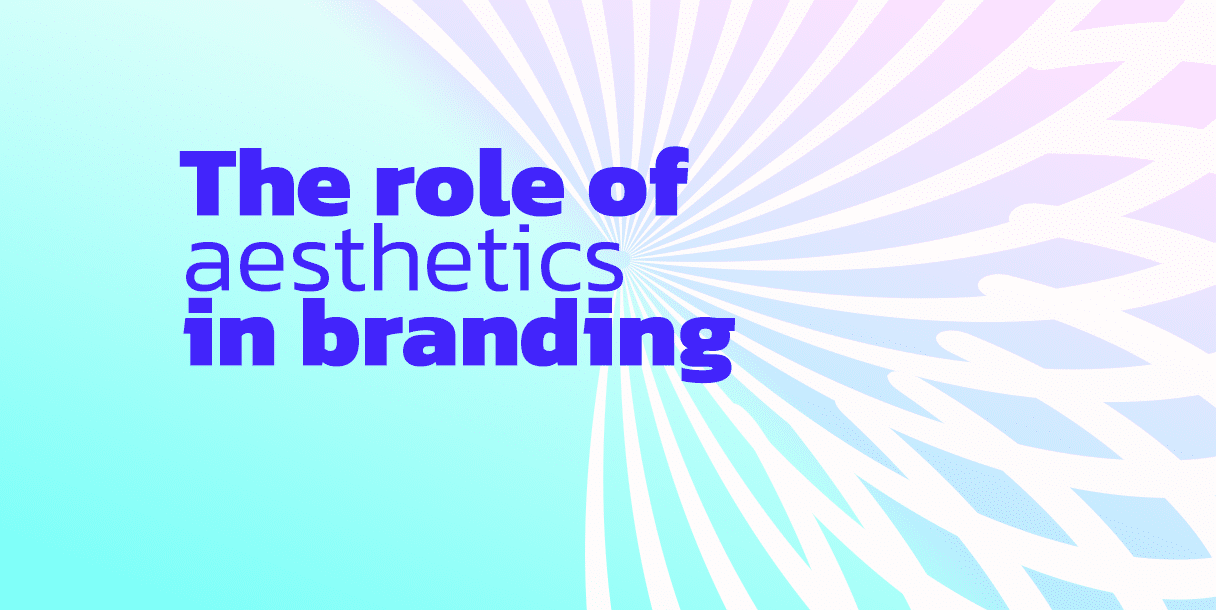Home » Creative Blog » Blog » The role of aesthetics in branding
The role of aesthetics in branding
From balanced compositions to off-grid layouts, and from serif to sans. What actually fits and what is beautiful? Aesthetics, also known as the study of beauty, is an oh-so-important part of branding.
Aesthetics is the philosophical study of perceptions, emotions, and beauty—frequently discussed topics within brand design. We are all influenced by perception, and as designers and brand specialists, we want perception to evoke the intended emotion. Branding allows us to strongly influence this, but not determine it.
5 designers, 5 different designs?
What is considered good? Presenting a strategy to 5 different designers results in 5 different outcomes. Naturally, we all have our own style and creativity. The aesthetic choices lie with the designer, but the defining perception lies with the target group, and of course, in collaboration with the brand specialist, who thinks on behalf of the brand. As a designer, you want to predict the reaction. Of course, perception is influenced by various external factors, but as a designer, the art is to empathize as best as possible with the viewer and put yourself in different situations.
Expression determines style.
As a designer, you give a piece of yourself (expression) combined with all the brand’s know-how. Immersing oneself completely in the brand’s world provides the framework to work within. Understanding the choices within the strategy gives focus to the conceptual phase. Ultimately, personal expression determines the style and aesthetic quality.
Artistic Craftsmanship.
It plays a crucial role in being authentic and distinctive. The craftsmanship of turning nothing into something; artistic thinking and doing, is the driving force behind originality. Basic elements (color, type…) send a strong signal but do not solely create distinctiveness.
From textures to 3D elements… creating authentic visual assets is a craft.
The craft of wanting to create is a calling and genuine.
Type, Color, and Hierarchy.
Aesthetic choices and an eye for what is right, such as hierarchy and a sense of typography, can be learned, but many designers have it naturally. Understanding the laws of Gestalt will help you get started, but playing with these laws requires an aesthetic eye. The laws of Gestalt are psychological laws and provide a handle, making aesthetics understandable. Additionally, it’s a strategy to play with the viewer’s mind.
Motto: Beyond easy aesthetics.
Conclusion.
Understanding aesthetics contributes (partly) to the quality of a visual identity and is therefore also crucial for your branding. Developing a visual identity is a continuous balancing act between strategic choices and aesthetics. You evaluate designs based on the strategy, assess whether the aesthetic quality meets the criteria, and try to capture the right style and image.
Should your strategy be translated into a visual identity?
The following checklist will help you with this:
- Sense of aesthetics
- Style/expression
- The creative process
- Understanding strategy
- Price and personality.
